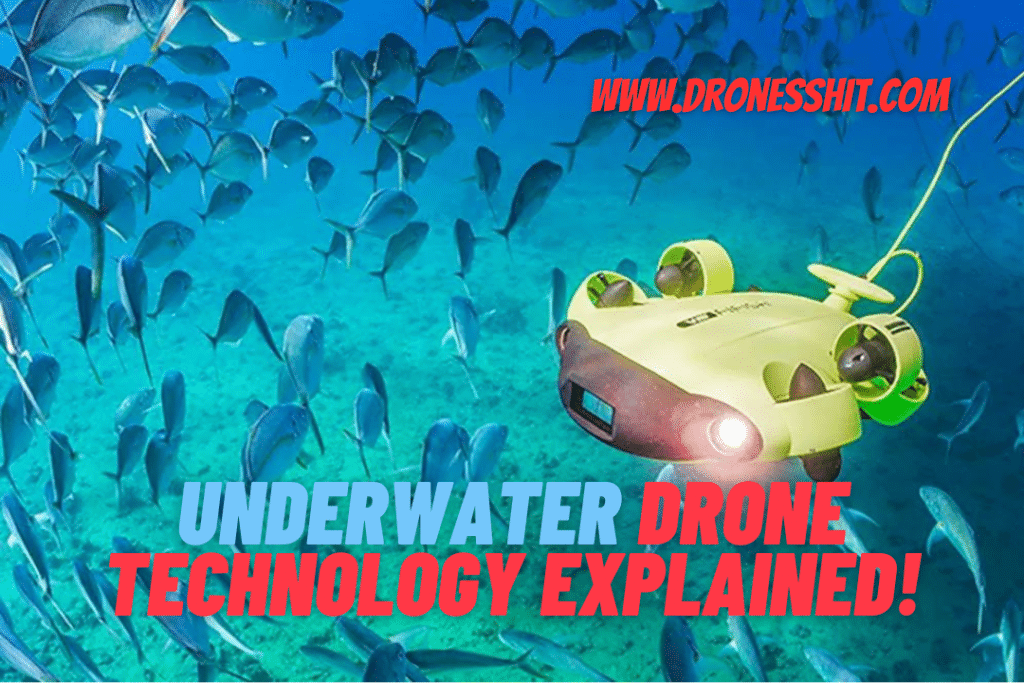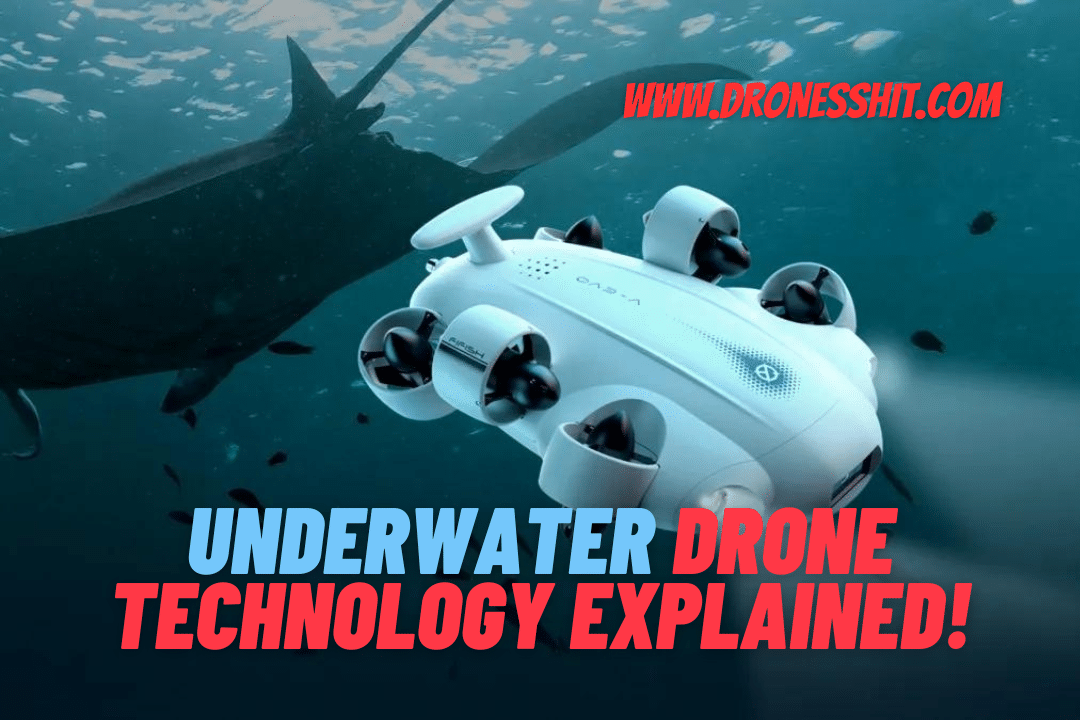
Introduction
Table of Contents
The world beneath the waves has always held a mystique and wonder that has captivated humanity for centuries. From exploring vibrant coral reefs to uncovering the mysteries of the ocean’s depths, the desire to venture beneath the surface has never waned.
In recent years, underwater drone technology has emerged as a revolutionary tool, allowing us to explore, study, and conserve our oceans in ways previously unimaginable. In this comprehensive guide, we’ll dive deep into the fascinating world of underwater drone technology, its applications, challenges, and FAQs.
Understanding Underwater Drone Technology
1 What Are Underwater Drones?
Underwater drones, also known as remotely operated vehicles (ROVs), are unmanned submersible vehicles equipped with cameras, sensors, and often manipulator arms.
They can be remotely operated from the surface and are used for a variety of purposes, from scientific research to industrial tasks and underwater exploration.
2 The Components of an Underwater Drone
- Hull: The body of the drone designed to withstand underwater pressure.
- Propulsion: Thrusters or propellers for movement in water.
- Sensors: Various sensors such as sonar, cameras, and environmental sensors.
- Tether: A cable that connects the drone to a surface control station.
- Control System: Software and hardware for remote operation.
- Power Source: Batteries or other power supplies.
Applications of Underwater Drone Technology
1 Marine Research and Exploration
- Coral Reef Study: Underwater drones provide access to hard-to-reach areas for coral research and conservation efforts.
- Biodiversity Assessment: Monitoring and documenting marine life in their natural habitats.
- Archaeological Excavation: Discovering and preserving underwater cultural heritage.

2 Oceanographic Data Collection
- Ocean Mapping: Creating detailed maps of the seafloor and underwater features.
- Water Quality Assessment: Collecting data on temperature, salinity, and other environmental factors.
- Current and Turbulence Study: Understanding ocean circulation patterns.
3 Industrial and Commercial Use
- Pipeline Inspection: Inspecting underwater infrastructure for maintenance.
- Search and Recovery: Locating and retrieving lost items or submerged vehicles.
- Aquaculture Management: Monitoring fish farms and underwater habitats.
Challenges and Future Developments
1 Challenges in Underwater Drone Technology
- Pressure and Depth: Building drones that can withstand extreme underwater pressures.
- Communication: Maintaining reliable communication with the drone at depth.
- Power Management: Developing efficient power sources and battery technology.
- Navigation: Enhancing autonomous navigation and obstacle avoidance.
2 Future Trends
- Miniaturization: Developing smaller and more agile underwater drones.
- AI Integration: Advancements in artificial intelligence for autonomous operations.
- Biological and Environmental Monitoring: Studying and protecting underwater ecosystems.
- Deep-sea Exploration: Pushing the boundaries of exploration into the deepest parts of our oceans.
FAQs
1 How Deep Can Underwater Drones Go?
The depth capability of underwater drones varies, but some advanced models can reach depths of over 6,000 meters (20,000 feet).
2 What Are the Key Environmental Sensors on Underwater Drones?
Common sensors include sonar for navigation, cameras for imaging, temperature sensors, salinity sensors, and water current sensors.
3 Are Underwater Drones Autonomous?
Many underwater drones can be operated autonomously to perform predefined tasks, but they also allow for remote control by operators.
4 What Are Some Notable Underwater Drone Missions?
Examples include the study of the Titanic wreck, the exploration of hydrothermal vent ecosystems, and the mapping of the Great Barrier Reef.

5 How Do Underwater Drones Impact Marine Conservation?
Underwater drones play a crucial role in marine conservation efforts by providing valuable data for ecosystem monitoring and helping identify and address environmental threats.
Conclusion
Underwater drone technology represents a remarkable leap forward in our ability to explore and understand the world beneath the waves. From scientific research to industrial applications, these submersible marvels are pushing the boundaries of what is possible in underwater exploration and conservation.
As we continue to advance in this field, the mysteries of the deep sea are slowly being unveiled, offering hope for a more comprehensive understanding and sustainable management of our planet’s most vital resource.

